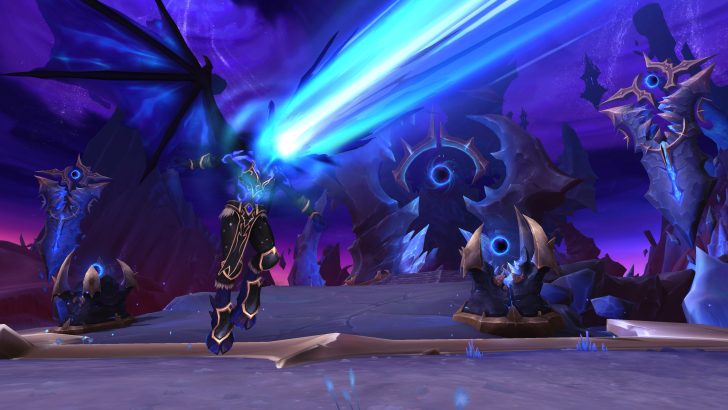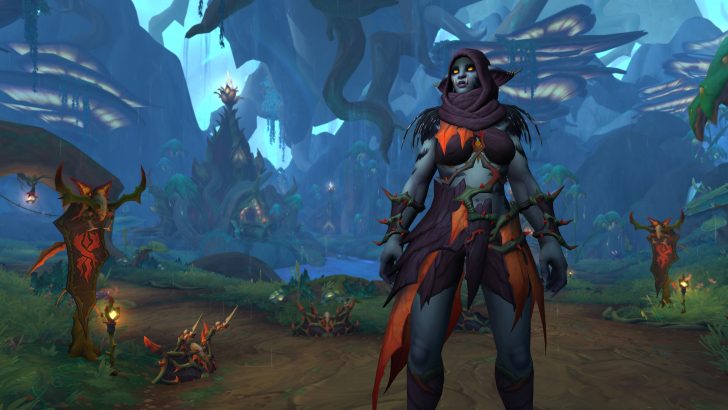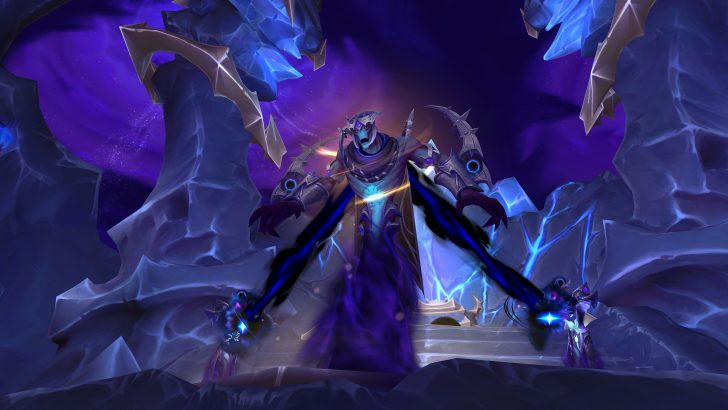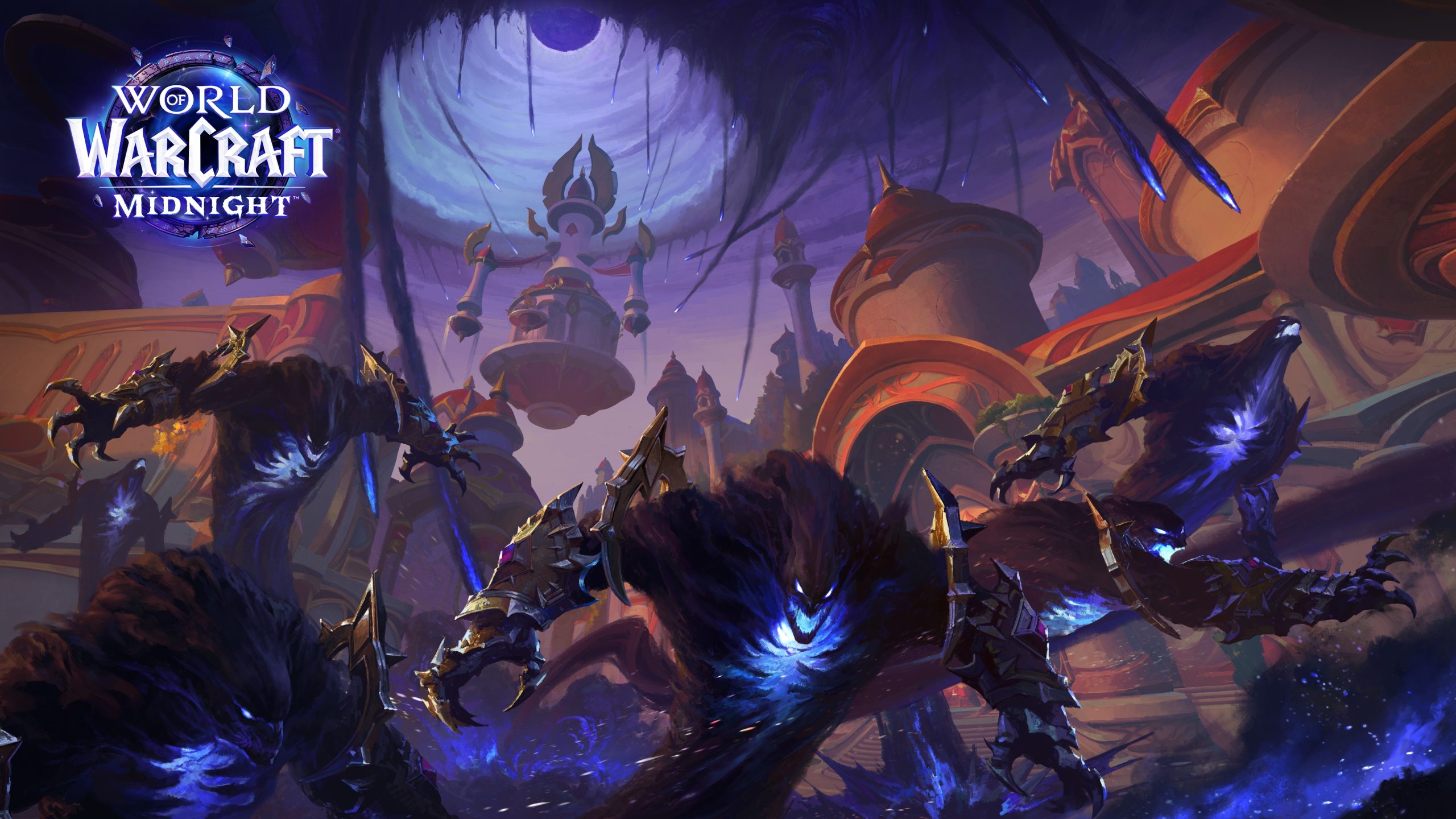At Gamescom 2025’s Opening Night Live, Blizzard Entertainment debuted the official trailer for World of Warcraft: Midnight. While the cinematic showcased the studio’s signature visual grandeur, longtime fans are eager to dive into gameplay details for this eleventh expansion—the second chapter of the Worldsoul Saga trilogy. During the event, we sat down with Blizzard’s Paul Kubit (Associate Game Director) and Jade Martin (Lead Combat Systems Designer) to discuss key additions coming to Azeroth.
How does Midnight differ from its predecessor, The War Within?
Paul Kubit: A major highlight is the introduction of player housing. This feature allows unprecedented customization, letting players curate personal spaces, collect furnishings, and foster neighborhood communities. Unlike The War Within, which emphasized new zones, Midnight revisits classic locations like Zul’Aman with fresh quests and updated narratives. The Prey system also shakes up progression: players can adjust challenge tiers for tailored encounters, far removed from traditional quest pacing.
Jade Martin: The Prey mechanic refines exploration. Rather than formulaic objectives, you’ll dynamically track targets across difficulty levels. Higher tiers mirror the intensity of Delves, demanding strategic mastery for exclusive rewards.
What incentives does the Prey system offer?
Paul Kubit: Beyond cosmetics like mounts, it grants progression-based power upgrades. Hard and Nightmare Modes mirror top-tier Delve challenges, so rewards will match that commitment.
Is Prey designed for solo or group play?
Paul Kubit: Normal Mode allows cooperative open-world hunting, but higher difficulties lock you into solo duels—survival hinges on personal skill.
Jade Martin: Another standout is the Devourer Demon Hunter, a ranged DPS spec wielding Void energy. Their playstyle revolves amassing Void Fragments to trigger Metamorphosis, sustaining it through combat to unleash devastating abilities.




How customizable is the Devourer?
Jade Martin: Two distinct playstyles: a stationary Void caster or a hybrid utilizing melee mobility. Talent trees like Annihilator (shared with Vengeance specs) and Scarred diversify builds, catering to PvE or PvP preferences.
Revisiting zones like Eversong Woods must’ve been challenging. How’d you update fan-favorite areas?
Paul Kubit: We preserved the zone’s essence while modernizing visuals. The Dead Scar’s restoration reflects Blood Elf resilience, and Ghostlands now integrates into Eversong. Silvermoon City’s Horde-exclusive district remains, but two-thirds of the city is shared, expanded with stunning landmarks like the Sanctum of Light.
Tell us about the Haranir Allied Race.
Paul Kubit: Previously encountered in The War Within, these reclusive beings ally with players as Xal’atath’s Void incursion threatens their homeland, Harandar.




What PvP innovations await?
Jade Martin: The Voidstorm zone introduces dynamic battlegrounds with gravity wells and capture points. Slayer’s Rise, a Battleground inspired by Alterac Valley, unfolds across four stages, blending PvP skirmishes with resource-gathering strategies. Newcomers can hone skills in Training Grounds—AI-driven versions of Arathi Basin and others, offering progression rewards without competitive pressure.
Housing has been a long-requested feature. How does it work?
Paul Kubit: Players commandeer customizable plots, decorating them with collectibles from across Azeroth. An advanced editor allows scaling, rotation, and gravity-defying layouts. Permissions let you restrict access or welcome guests, guildmates, or strangers. Earn décor via achievements, like displaying Onyxia’s head—even multiples, thanks to an enterprising goblin merchant.




What about dungeons and raids?
Paul Kubit: Eight dungeons include Murder Row, a Silvermoon conspiracy thriller, and Den of Nalorakk, testing players in Zul’Aman. Delves return with outdoor variants, mount-friendly layouts, and a versatile new follower. Three Season 1 raids—Voidspire (6 bosses), Dreamrift (1 boss), and March on Quel’Danas (2 bosses)—balance scope and accessibility, with Story Mode ensuring narrative continuity for non-raiders.




Any quality-of-life improvements?
Paul Kubit: Transmog shifts to slot-based customization, preserving appearances during upgrades. Situations let players pre-set outfits for specs, locations, or social hubs—ensuring consistent style across activities.
Thank you for your insights!

